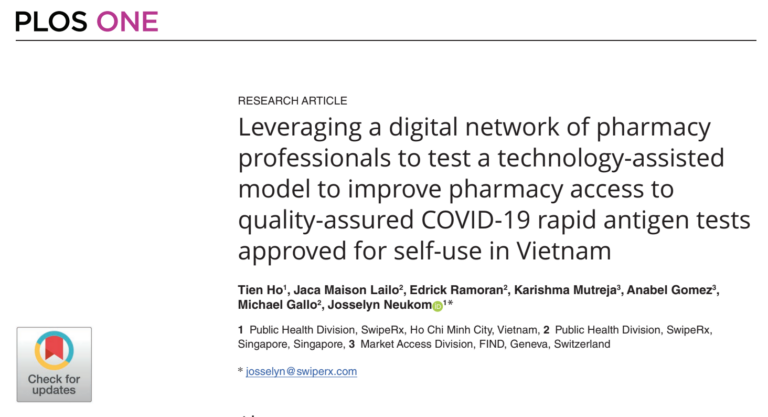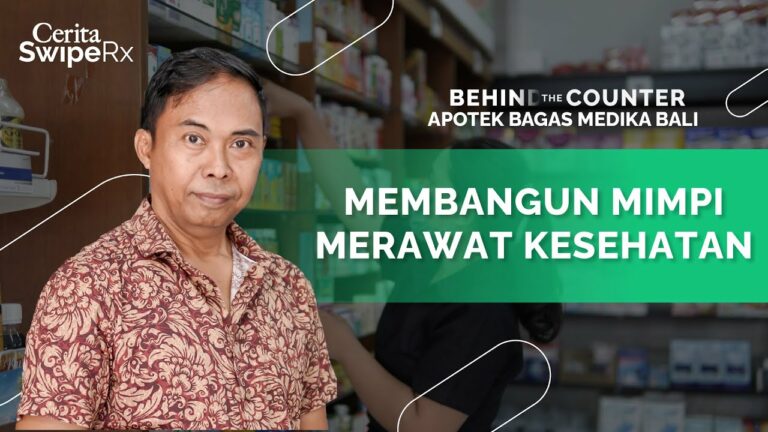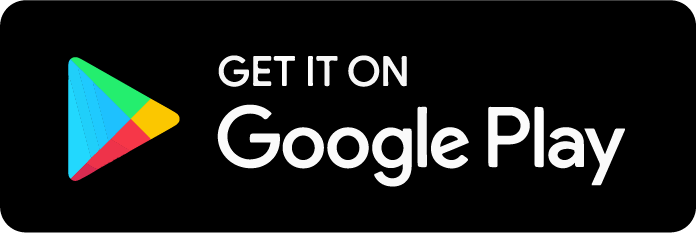If you have not heard of a patient assistance program (PAP), it is a program that works by subsidizing the cost of prescription medication so patients can purchase them at a lower cost. Patient assistance programs are a holistic support program that includes interventions such as disease education, refill reminders, cost benefits and clinical support to improve medication-taking behavior in patients. This indirectly improves medication access, adherence, education and reduces medication costs, thus improving patient’s quality of life.
Patient assistance programs are particularly beneficial when the high-cost of medication required has no generic equivalent or close therapeutic substitutes. They are also valuable when the complexity of the disease the patient is facing has many barriers that restrict medication access, adherence and clinical and diagnostic support.
Patient assistance programs prevent a major financial burden
Patient assistance programs are particularly important in Southeast Asia as private health insurance penetration across the region is low. As a result, it is not unusual for patients diagnosed with chronic and complex illnesses to share stories on how they had to choose between paying for their mortgage or paying for their medication, and the research supports this:
• A large observational study of the household burden of cancer in Asia showed that more than 75% of new cancer patients in Southeast Asia either experience financial catastrophe or die within one year of diagnosis.1
• Innovative oncology treatments are among the most expensive drugs in Southeast Asian countries, with many drugs costing more than 30% of total annual household income.2
• Another study shows approximately 5% of cancer patients and their families were pushed into poverty within 18 months of initiating cancer therapies.3
Even when patients are insured, they face steep out-of-pocket expenses because private health insurance coverage is low. Unless a patient has purchased disease specific insurance, basic health insurance usually only covers generic drugs or basic standard of care, not high-cost innovative therapies. When it comes to cancer treatments for example, patients also have to undergo blood, laboratory and other diagnostic tests as part of their treatment journey. Likewise, patients with high blood pressure face additional costs for blood pressure monitoring. These additional costs can create a major financial burden.
When patients are unable to access the treatment they need due to high medication pricing, this results in a negative ripple effect. Low medication adherence results in an increased likelihood of these patients needing more expensive treatments and care in the future. As disability costs rise while the patients’ health deteriorates, this puts additional strain on patients, their families, and the overall healthcare system.
Patient assistance programs on the rise in Southeast Asia
The middle-class population in Asia is expanding at a rapid rate. Fast-growing Southeast Asian countries are projected to account for approximately 15% of the world’s middle class by 2030.4 This trend, combined with a rapidly aging population in some countries, and the increased burden of chronic diseases such as cardiovascular disease or diabetes, has led to a growing demand for patient assistance programs.
As a result, an increasing number of patient assistance programs have been launched in Asia in recent years. Among six research-based pharmaceutical companies surveyed, 46 PAPs have been implemented categorized by compassionate use, drug donation program without patient co-payment, rebates program, utilization cap program and income screening program.5 The programs vary in structure but the majority were for oncologic drugs and biological products.
mClinica Pharmacy Solutions has helped leading pharmaceutical companies to launch digital patient assistance programs impacting more than thousands of patients across Southeast Asia.
The value of digital patient assistance programs
Despite the benefits of these patient engagement tools, the traditional manual approach to patient assistance programs can make them inefficient to operate and manage. Many pharmaceutical companies and healthcare practitioners have struggled to achieve a seamless experience for patients.
This is why we at mClinica Pharmacy Solutions created an easy-to-use, scalable, and compliant digital patient assistance program that is completely paperless. As our digital solution overhauls traditional pen-and-paper processes, it improves day-to-day operational efficiencies as support can be delivered to patients digitally.
With a digital approach, the issue of lost paperwork, data leakages and product losses are a thing of the past. This is monumental as the result of a lost enrolment form means the patient cannot be initiated into the program and they risk not receiving the medication they require. Enrollment is also faster as patients are not required to come in and re-sign forms and they do not have to wait for treatment while the administrative wheel turns.
For healthcare providers, the reduction in administrative work frees time to increase focus on what matters most – the patients. Most importantly, the physicians no longer need to worry about whether their patients will be able to afford the treatment that they need.
Pharmacy professionals also play a pivotal role in the execution of digital patient assistance programs, as patients can sign up with doctors, but redeem their medication at their community pharmacy.
The bigger picture
Patient assistance programs were originally launched to offer distribution of free medication via a controlled distribution process. However, business, and regulatory drivers stepped in and this increased the use of co-pay assistance and loyalty driven programs.
Some industry critics argue that co-pay assistance raises the demand of branded medication over generics. But, given the urgency of protecting the underinsured consumers in Southeast Asia, and the unequal access to healthcare in this region, the benefits are still overwhelming.
In addition to the patient benefits mentioned, many pharmaceutical manufacturers that mClinica Pharmacy Solutions has worked with, run digital patient assistance programs to determine the demand and health outcomes of medications in the private sector. This data can then be used by the Ministries of Health when reviewing which medications should be included in public reimbursement lists. That means, more patients will stand to benefit once it is listed.
The bottom line
While disease awareness and access to medication remain top priorities to improving healthcare, we believe we should not lose sight of the fact that there is a need to reduce medication costs.
Our digital patient assistance programs, supported by pharmaceutical companies, help patients increase access to medications, improve affordability, and most importantly, boost adherence rates. Many pharmaceutical companies offer medication assistance programs for their branded portfolio, and physicians have come to rely on them to improve medication adherence, and achieve better health outcomes.
You might be interested in:
Digital patient assistance programs on the rise amid COVID-19







